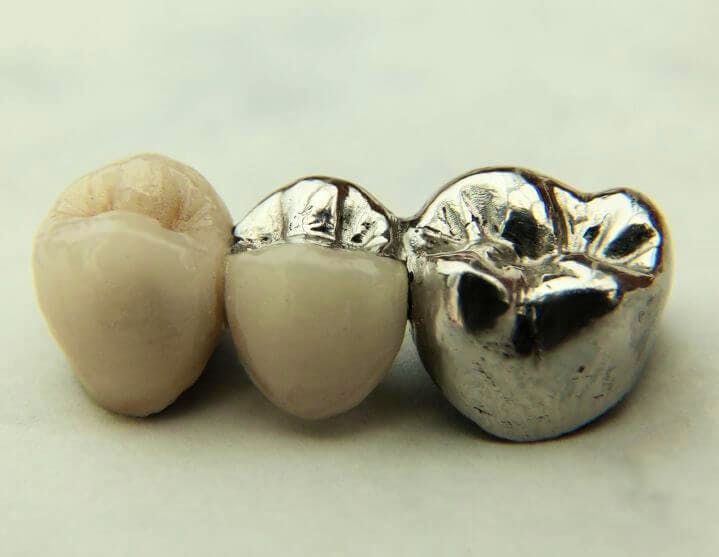Dental Articles - Edmonton
3 Types Of Dental Bridges
Posted by Floss & Gloss Dental on Sat, 1 Apr 2023
Dental bridges are a great replacement option as they restore your smile, your facial aesthetics, and the ability to chew and speak.

Missing a natural tooth can be unnerving. Not only does it affect your beautiful smile, but it also diminishes your self-esteem. If you’ve lost a tooth, then you don’t have to shy away from smiling to hide that gap in between in your teeth. Fortunately, dentistry has advanced, and today, you have multiple options to replace a missing tooth. One of the commonly used replacement options is dental bridges.

As the name suggests, dental bridges literally bridge the gap created by one or more missing teeth to restore your teeth’s normal structure and functioning. Bridges are made up of two or more crowns of the teeth present on either side of the gap, also called as anchoring or abutment teeth. It also includes the use of a false tooth/teeth or pontics to fill the gaps left by the lost tooth/teeth. Dental bridges in Edmonton come in different forms. Depending on your condition the dentist will recommend the right fit for you. Here are the three types of dental bridges:
1) Traditional Dental Bridges
Traditional bridges are the most popular kind of bridges. These bridges consist of one or more pontics or fake teeth and dental crowns or implants that are needed to hold them in place. The dental crowns are cemented on the adjacent teeth or implants on both sides of the gap left by the missing tooth. Implant-based traditional bridges are typically used when you have more than one missing teeth. While they are the most commonly used option, they come with one downside. The dentist will have to remove the enamel of your anchoring teeth to place the crowns. Since the enamel does not grow back, the teeth will always need a crown to protect them. Traditional bridges are made of either porcelain fused to metal or ceramics.
2) Cantilever Bridges
Cantilever bridges are used when you have adjacent teeth on only one side of the missing tooth. They are similar to traditional dental bridges, but the only difference is that the pontic is supported by abutment teeth on only one side of the gap. The dentist prepares the anchoring tooth by removing its enamel. This type of bridging is quite uncommon, as the presence of support on only one side can cause pressure and lead to fractured and damaged teeth.
3) Maryland Bridges
This type of bridge is also called resin-bonded bridge. These bridges do not involve crowns. Instead, the pontic is supported by a metal or porcelain framework, which is bonded to the back of the two adjacent teeth. Since there are no crowns used to support restorations, the enamel is not removed. However, the strength of the bridge depends on the strength of the resin that holds the framework in place. If the replacement is done in an area that is subject to extreme biting force, the resin may fail to stay in place.
Dental bridges are a great replacement option as they restore your smile, your facial aesthetics, and the ability to chew and speak. If you’ve suffered a tooth loss, then consult our dentists at Floss and Gloss today.
Dentist Edmonton
